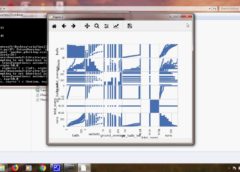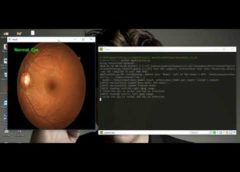Cricket Score Prediction using Decision Tree and Random Forest Algorithm – Python
Cricket Score Prediction using Decision Tree and Random Forest Algorithm – Python
Algorithm used for Cricket score prediction are decision tree and random forest and accuracy between these two techniques arrived.
Python Demo







